
The impact of a protest isn’t always easily quantifiable. Though some uprisings have resulted in immediate and tangible change, some start slow-burning fires that spread gradually through popular consciousness. Others fail to make any substantial dent on the status quo. But there’s no doubt that the freedom to express one’s beliefs in a peaceful manner, without fear, is a necessary part of democracy.
Photography’s role in this democratic exercise has changed over the years, particularly as technology has developed and mutated, and a new Magnum Photo exhibition makes that clear by looking back at the scale and impact of protest photography from the 1930s up until the present day.
The show — part of the agency’s Magnum at 70 program — will feature photographs taken by its members, many of which have taken on a totemic value in popular culture. Pictures such as Marc Riboud’s Vietnam War protestor from 1967 will sit alongside contemporary offerings such as Larry Towell’s Standing Rock series from 2017.
For Magnum photographer Eli Reed, who photographed the Million Man March in 1995, taking to the streets is not just a “demonstration”— it’s an engagement with what it means to be a human being, “to speak out and say something.”
Organized by activist Louis Farrakhan, the Million Man March drew on a well of community-based black activism and was the first of its scale on the issue of black rights that America had seen. One picture from that day shows the swarming crowds on the Mall from the perspective of three men, who sit large in the frame, looking out on the momentous scene. “You know, you can do things that are subtle and say something without a lot of jumping up and down. And that was one of those kind of pictures,” says Reed. “It’s a quiet picture, but it says a lot about that day and the extent of different men from different places coming together to say something.”
The aim of protest photography is, in most cases, to “tell the story of outrage or injustice through the emotion of the participants,” Magnum photographer Stuart Franklin tells TIME. Franklin emphasizes the importance of standing and marching with demonstrators, rather than being a sideline observer. The photographer has to sympathize with the protesters in some way, he argues, in order to “convey to the wider public the message of the protest.”
But sometimes stepping away from the crowd and the chaos offers an unexpected perspective. Protests in Kyrgyzstan in March of 2005 saw thousands take to the streets against the country’s parliamentary elections. Magnum photographer Thomas Dworzak was one of the few journalists there and recalls that the momentum and scale of the event was unexpected. “Within an hour and a half maybe, a bunch of people stormed the actual Presidential Palace, the president was out, and it was over. Literally it was done in two hours. And there was no resistance,” says Dworzak.
Though he photographed the dramatic scenes of revolution, the picture that holds most resonance for him was one taken the following day. The photograph shows the smashed window of a beauty parlor in Bishkek; the bullet holes are juxtaposed with a poster underneath that shows pouting red lips. “I like the second degree a little bit,” says Dworzak. “I had the straight-news pictures of people jumping up and down on the ousted president’s chair. I’d covered the real event properly and classically. But in a way that gave me the right to play around and do something else.”
While protest photography provides an historical record, it can also be used contemporaneously to sway public — and sometimes governmental — opinion. As Franklin, who shot the memorable “Tank Man” picture in Tiananmen Square, puts it, “Sometimes change doesn’t occur immediately or directly but I am in absolutely no doubt that photography has in the past and will in the future serve to initiate change.”
Stuart Franklin, Eli Reed and Thomas Dworzak are all members of Magnum Photos agency.
Magnum’s Protest! exhibition will be held at Milk Gallery in New York from June 21 – July 15.
Alexandra Genova is a writer and contributor for TIME LightBox. Follow her on Twitter and Instagram.


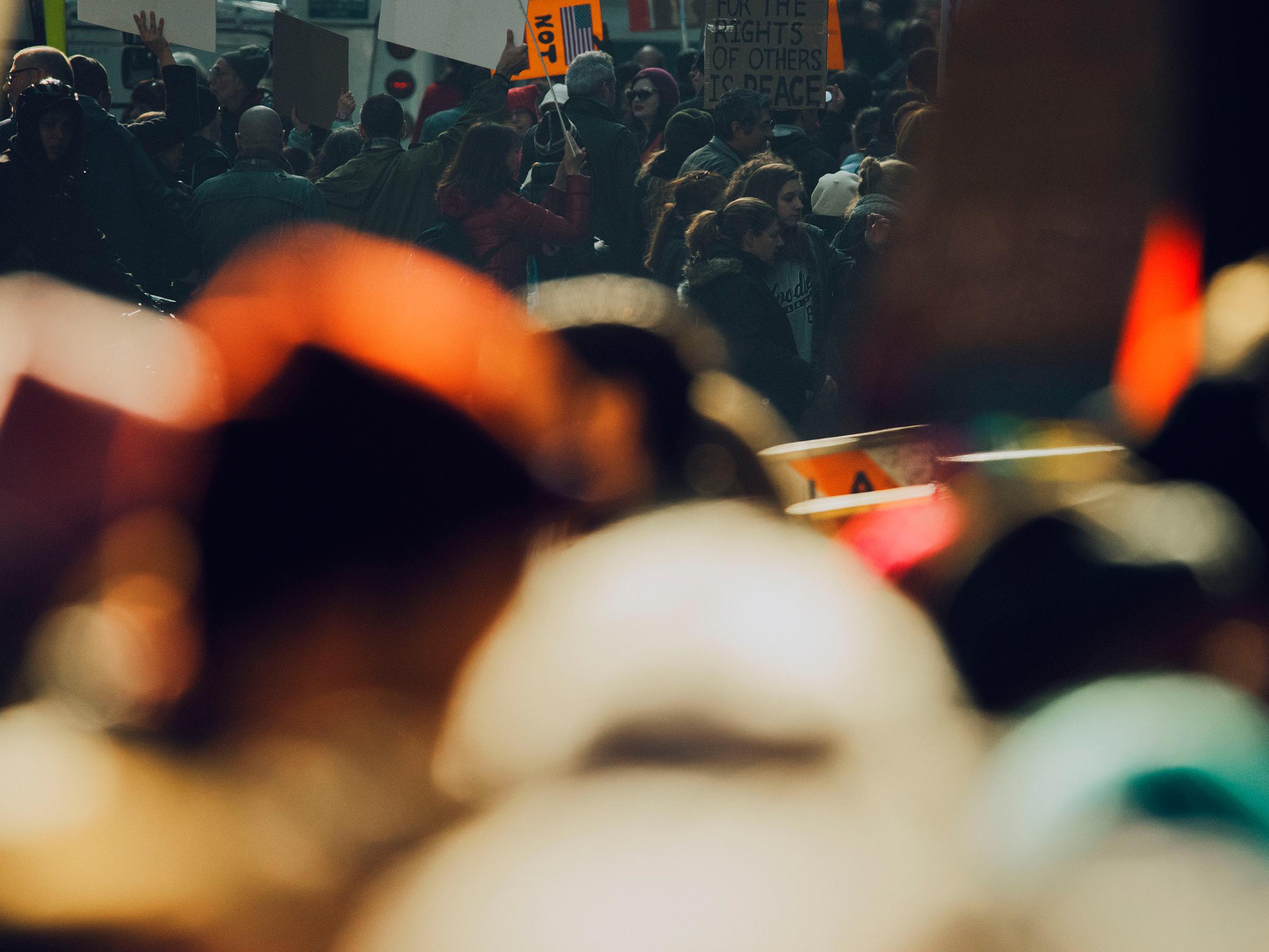
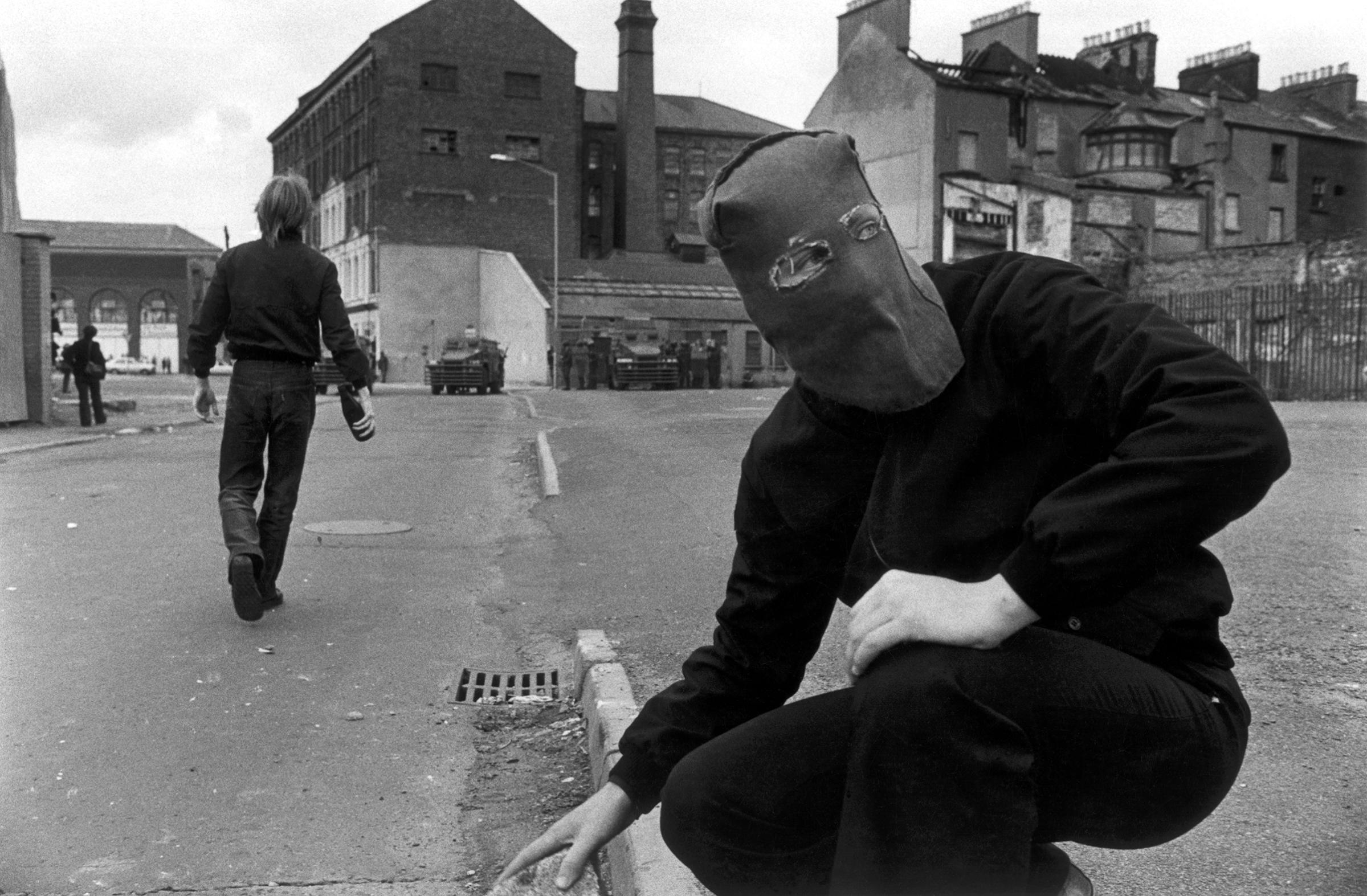

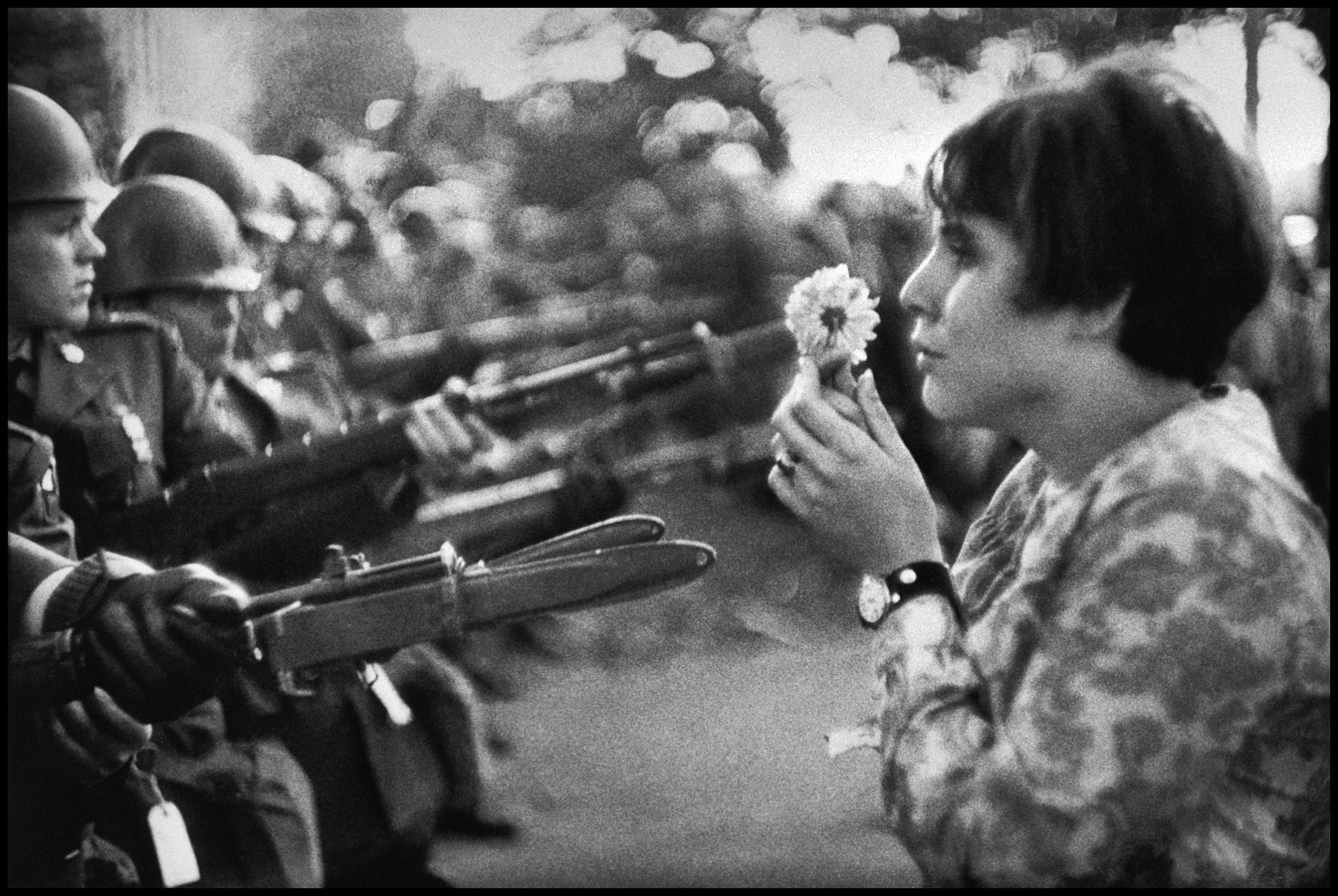
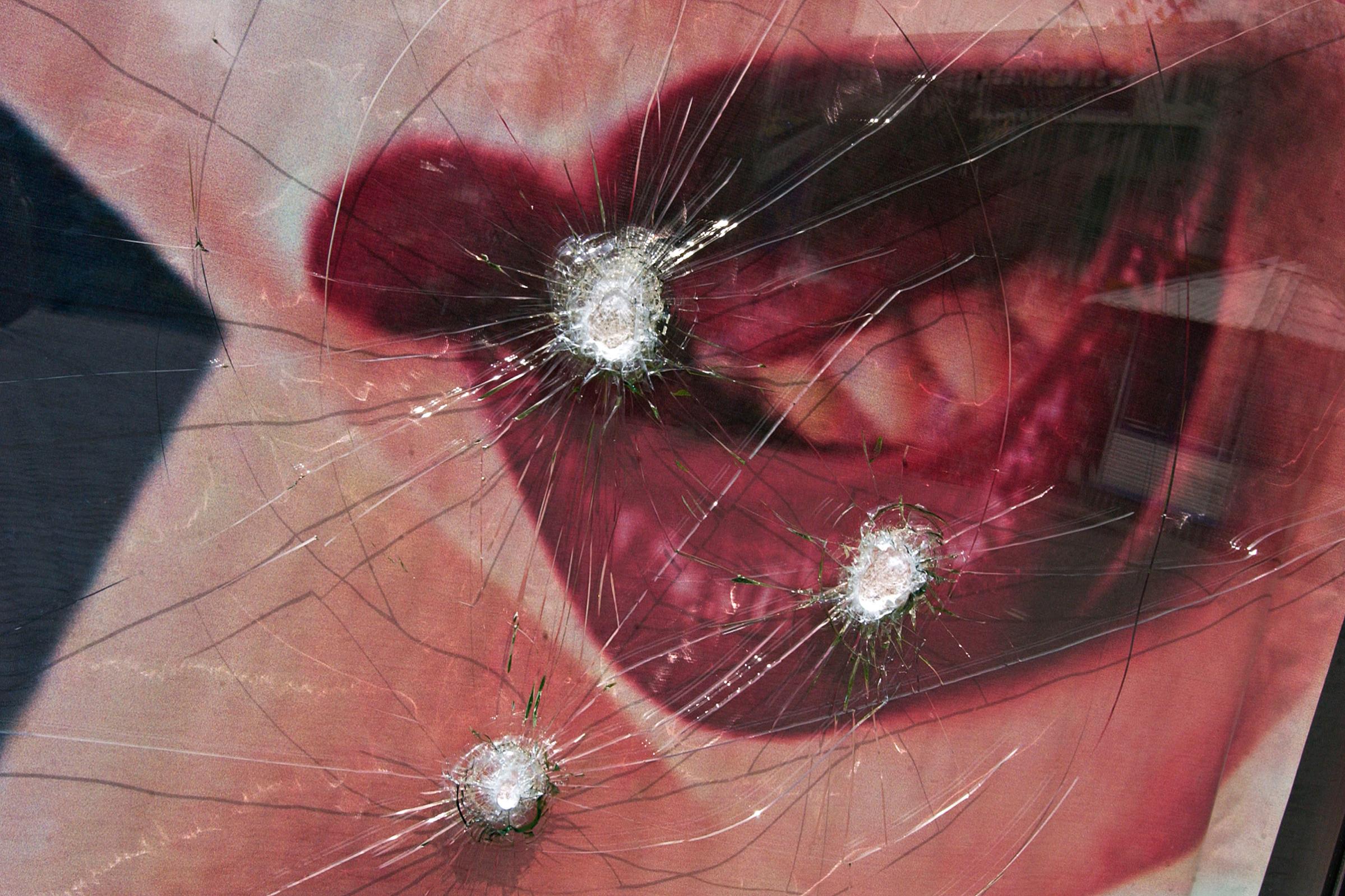
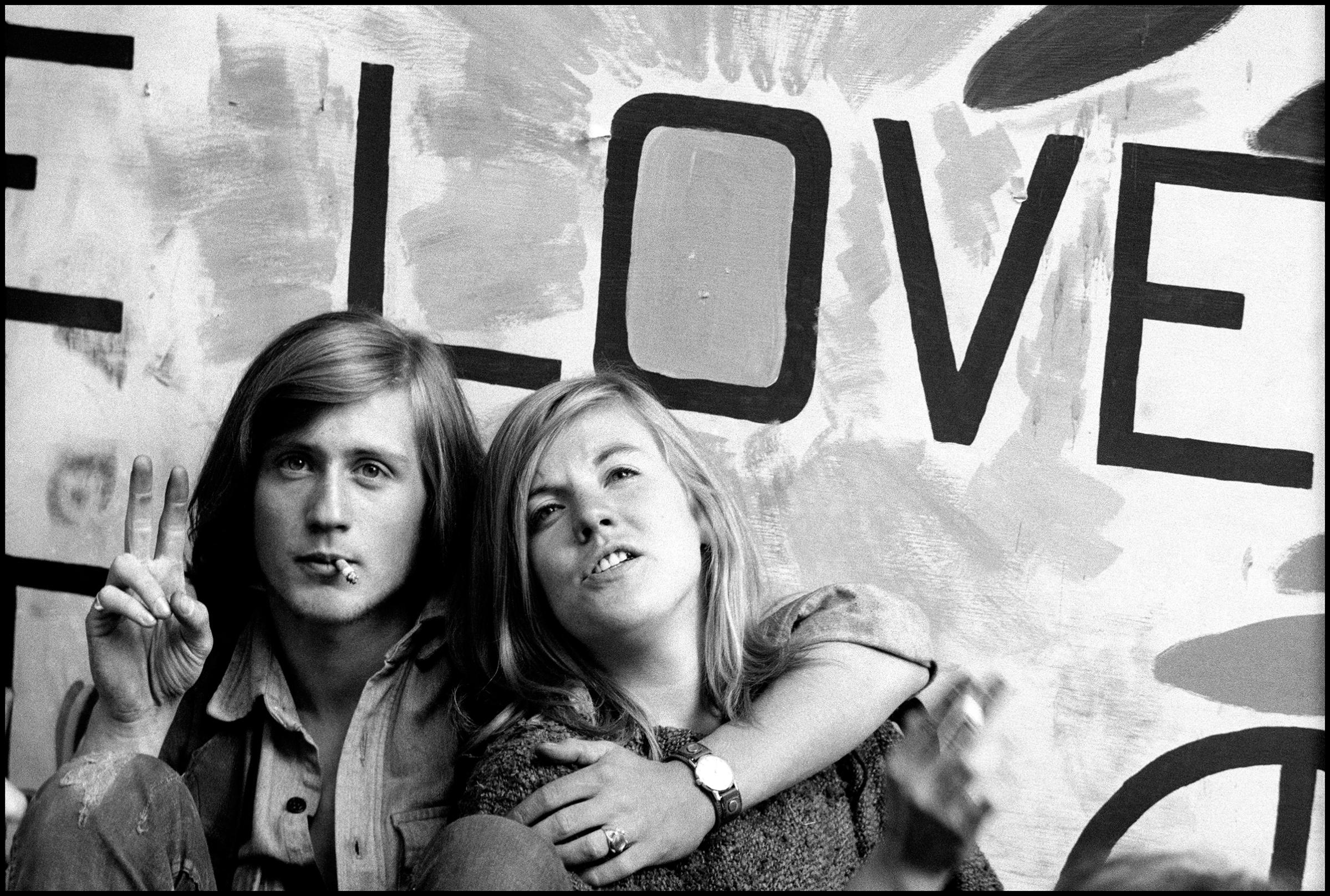
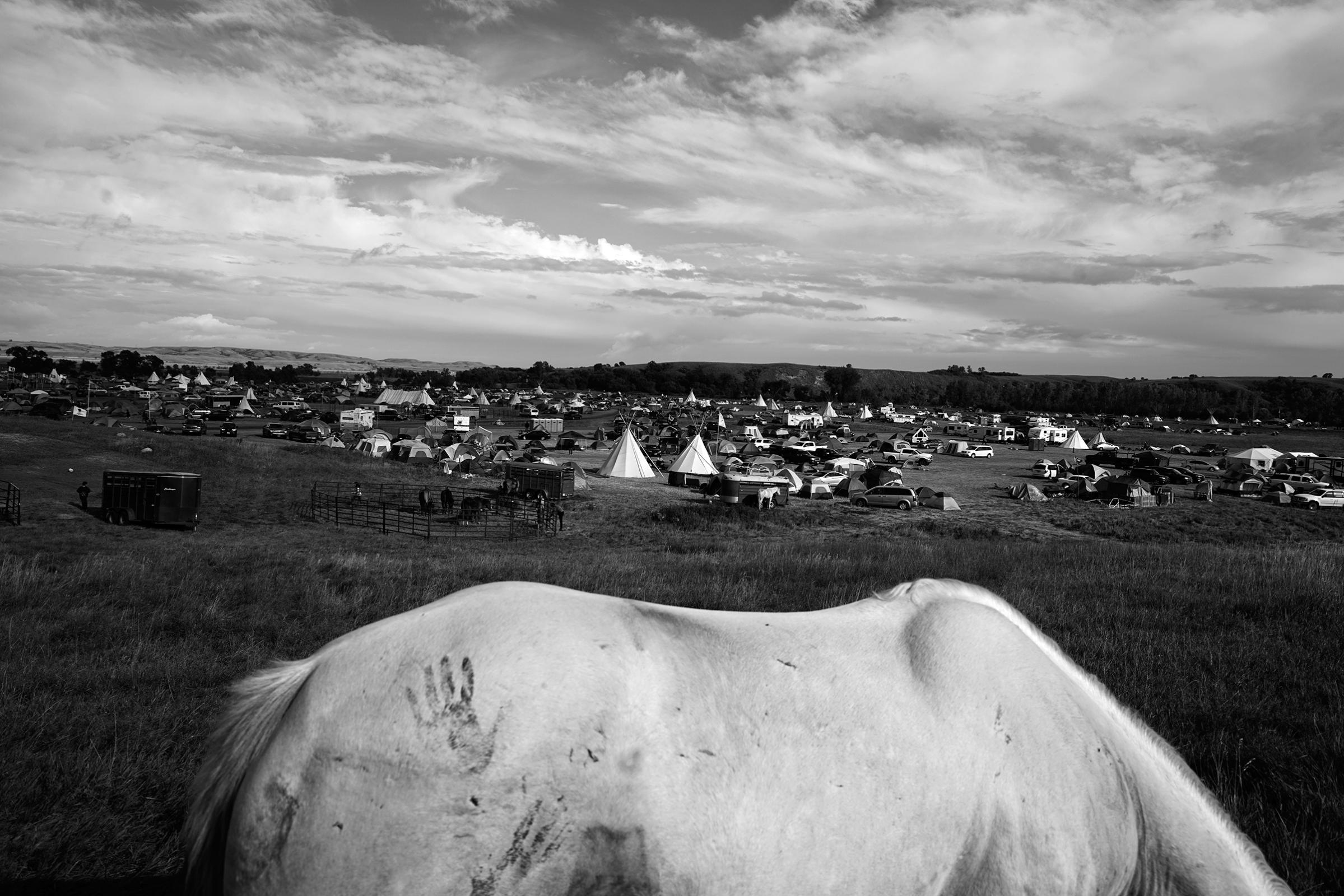


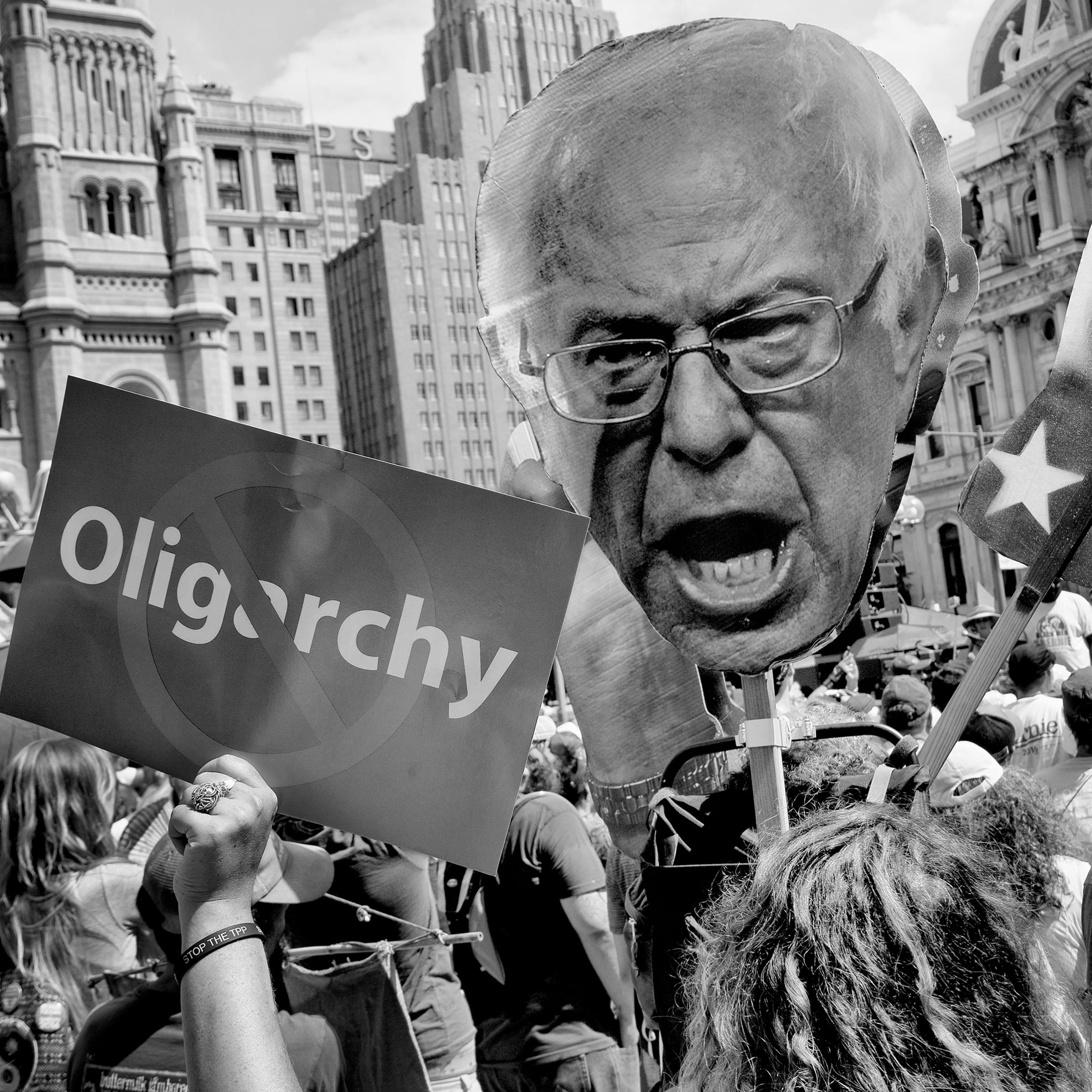
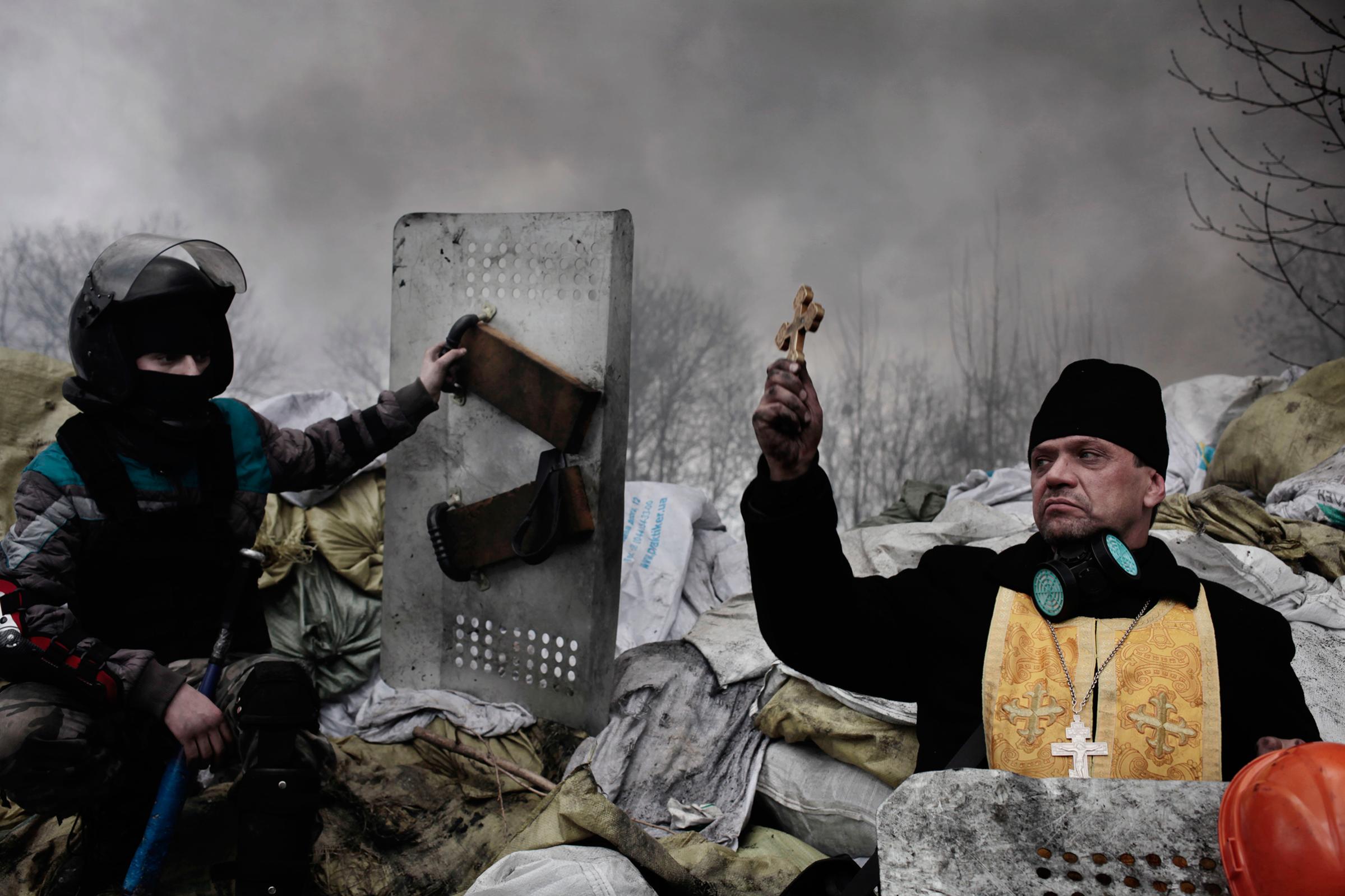
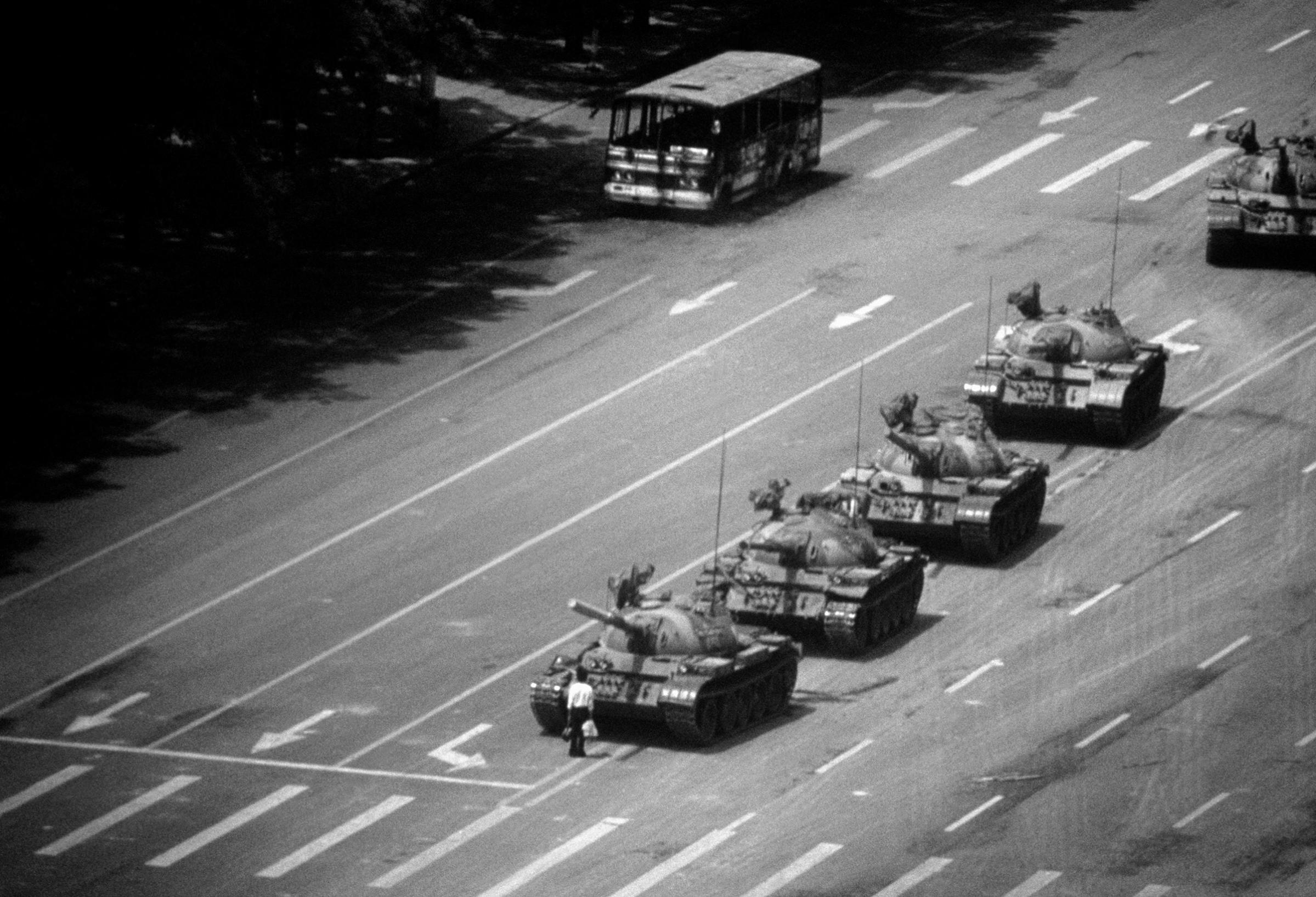
More Must-Reads from TIME
- Donald Trump Is TIME's 2024 Person of the Year
- Why We Chose Trump as Person of the Year
- Is Intermittent Fasting Good or Bad for You?
- The 100 Must-Read Books of 2024
- The 20 Best Christmas TV Episodes
- Column: If Optimism Feels Ridiculous Now, Try Hope
- The Future of Climate Action Is Trade Policy
- Merle Bombardieri Is Helping People Make the Baby Decision
Contact us at letters@time.com